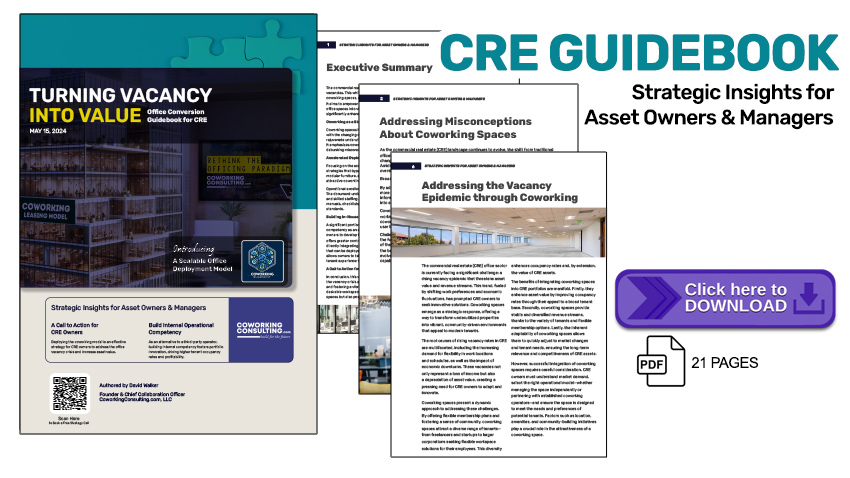In today's coworking landscape, a thoughtfully designed space can be the difference between an empty office and a bustling community. How you allocate and design your space plays a vital role in attracting a diverse clientele, fostering collaboration, and enhancing productivity. Let's delve into the key considerations in space allocation planning and design.
Space Allocation: A Balance of Needs #
The essence of a successful coworking space lies in creating a balanced environment that caters to various needs. Here are some factors to consider when allocating space:
- Diverse Workspaces: Offer a mix of open spaces for collaboration, private offices for focused work, meeting rooms for team discussions, and casual lounges for relaxation.
- Amenities: Allocate space for essential amenities such as a kitchenette, restrooms, storage lockers, and tech hubs equipped with printers and chargers.
- Accessibility: Ensure all areas are easily accessible, taking into account mobility considerations for all users.
- Future Expansion: Allow room for future expansion or adjustments based on changing needs and trends.
Space Design: Creativity Meets Functionality #
Once you've planned your space allocation, the next step is design. Here's how to infuse creativity into functionality:
- Brand Identity: Your design should reflect your brand identity and values. Whether it's modern and sleek, or rustic and homely, ensure your space tells a story.
- Ergonomics: Invest in ergonomic furniture that provides comfort and supports productivity.
- Lighting: Utilize natural light as much as possible and supplement with warm, artificial lighting.
- Acoustics: Consider soundproofing for private offices and meeting rooms. Background noise can also be managed with strategic placement of greenery and acoustic panels.
- Color Psychology: Use colors strategically. For example, blue can foster productivity, while green can provide a sense of balance.
- Sustainability: Incorporate sustainable elements such as energy-efficient lighting, recycled materials, and indoor plants.
Peer Review: Ensuring Your Design Works #
Once you've planned and designed your space, it's a good idea to have a peer review. This can help identify any potential issues or improvements that might not be apparent to you. A fresh perspective can provide valuable insights and contribute to the success of your coworking space.
In conclusion, space allocation planning and design are crucial steps in setting up a coworking space. They not only influence the functionality and aesthetics of your space but also play a significant role in defining the user experience. By investing time and thought into these aspects, you can create a coworking space where business truly meets creativity.





